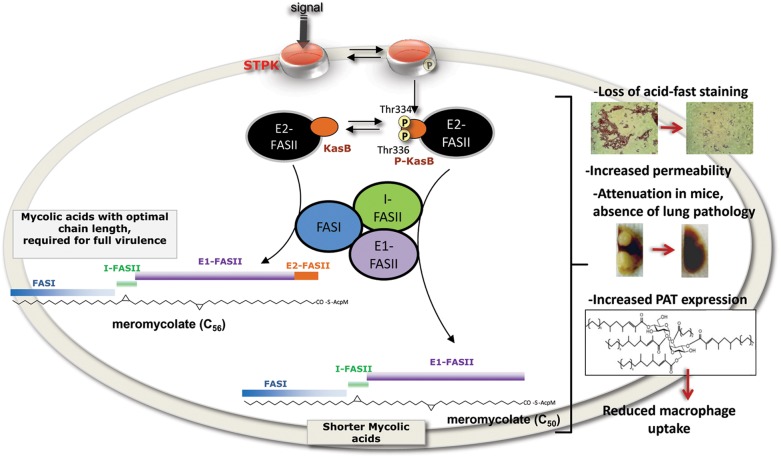Figure 9. Representation of the in vivo consequences of STPK-dependent phosphorylation of KasB.
Changes in cell wall and mycolic acid composition to various environmental stimuli are central to Mtb adaptation during infection. In response to external cues, STPKs undergo autophosphorylation, which in turn induces phosphorylation of KasB on Thr334 and Thr336. This presumably results in inactivation of KasB activity, thus directly affecting the activity of the elongation 2 FASII complex (E2-FASII) catalyzing the addition of the last carbon atoms required for full-length meromycolic acids. This leads to the production of shorter mycolic acids which is associated to dramatic phenotype changes, such as loss of acid-fastness, decreased cell wall permeability, severe attenuation in infected mice and defect in macrophage colonization.

